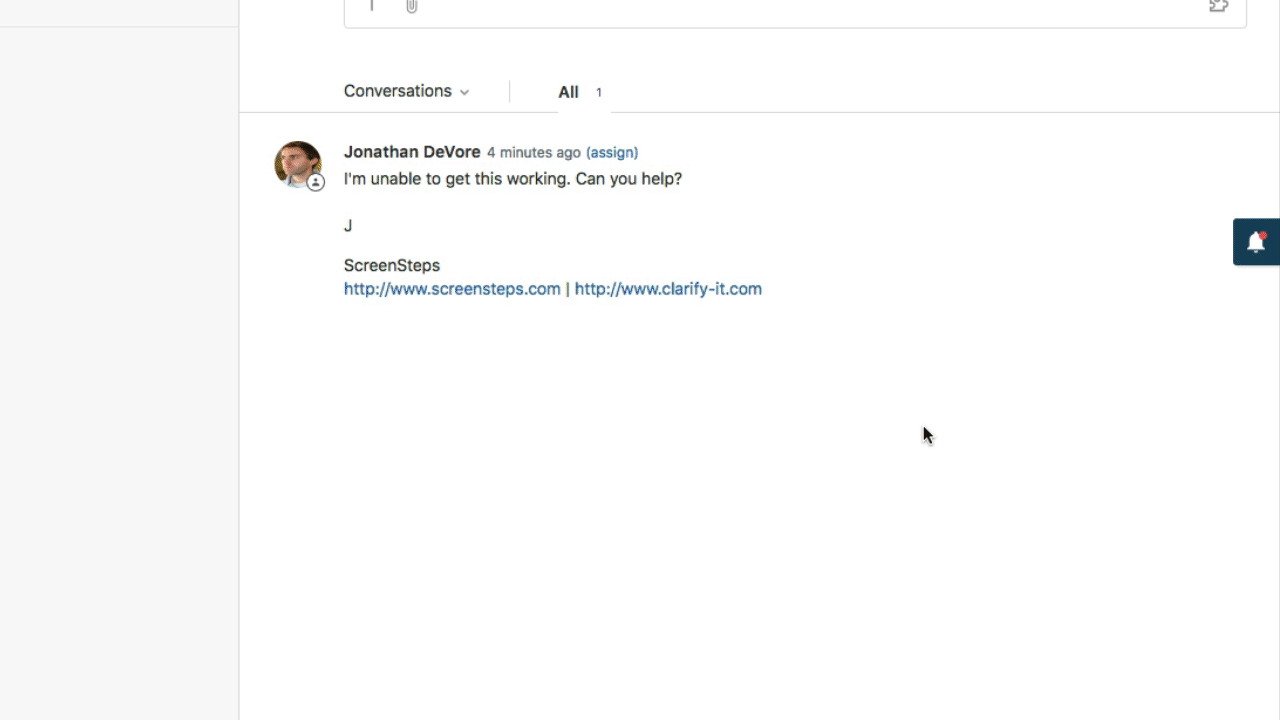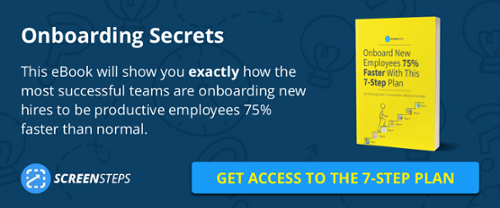Improve Your Training: Create an Outcome Statement to Improve Employee Performance
What will this article help you do?
This article is going to help you achieve better training results in less time by teaching you how to create clear training "Outcome Statements".
What if I told you that you were lost? But then I didn’t tell you where you needed to go? How would you develop a plan? How would you know if you were making progress? How would you know when you weren’t lost any more?
Create an Outcome Statement
In employee training, you clarify the destination by creating a clear definition of the outcome you want to achieve. We call this an “Outcome Statement.” Getting this definition right can make all of the difference.
An ambiguous Outcome Statement will make it difficult to create training materials, measure progress, and determine success.
A clear Outcome Statement will help you know:
- Exactly what training materials to create
- Exactly what to measure
- Exactly when you have achieved success (or failure)
Attributes of a good Outcome Statement
There are three attributes of a successful Outcome Statement:
- It is Clear
- It is Measurable
- It is Attainable
Clear and measurable are pretty straight forward, but I want to say one thing on the subject of attainability. If you create Outcome Statements that are clearly not attainable, it will be hard to make progress. In training, it is better to value progress over perfection. If you make sure your Outcome Statement is attainable, then you will see faster and greater progress in your employees.
An Example of how an Outcome Statement can be used
Let’s look at an example from our own business of how an Outcome Statement can make a big impact. Several months ago we noticed that too many support requests were getting escalated from Tier 1 to Tier 2 without a lot of background information provided in the support tickets. This meant that the Tier 2 support team was having to spend time asking the customer additional questions and performing additional research. In addition, we found that some of these requests could have been answered by the Tier 1 team if they had done a little more research in our knowledge base.
Download our eBook and gain insight on how to develop new hires into confident employees — 75% faster!
Creating the Outcome Statement
The initial thought was to create a training course on what they were supposed to do. But then we decided to have a meeting to discuss what we really wanted to achieve - to create an Outcome Statement.
At the beginning of our discussions our Outcome Statement probably would have looked like this:
“Improve the performance of the Tier 1 support team.”
Sounds good right? Nope. Whether it may be attainable is not clear, and with just the information above, it is not very measurable either.
We then improved it a bit:
“Have Tier 1 support handled 90% of customer requests without escalating to Tier 2.”
Better? It is clear and it is measurable. But is it attainable? As we discussed, we realized that whether or not Tier 1 support could resolve a ticket was partially dependent on what type of tickets came in. There are some issues that simply need to be escalated to Tier 2.
We finally came up with this:
“Have Tier 1 support handled 100% of Tier 1 level requests successfully, and provide notes/research on all requests that are escalated to Tier 2.”
This was a great Outcome Statement. It was crystal clear, clearly measurable, and, we felt, very attainable.
Putting the Outcome Statement into action
With our Outcome Statement intact, the solution became easy. We realized that a course would not guarantee that we would get the results that we wanted. Our Tier 1 team already knew how to do everything they had to do to reach our desired outcome - they were just forgetting some of the steps when escalating tickets.
So, instead of creating a course, we added a checklist using the ScreenSteps Browser Extension to our ticketing system. Our agents were instructed to ensure they had followed all of the steps in the checklist each time they escalated a ticket. The screenshot below is what they see:

Conclusion
Creating an Outcome Statement that is clear, measurable, and attainable can really improve your training results. As you can see from the example above, it helped us clarify what we really wanted to achieve and allowed us to come up with a simpler, more cost effective, and less time consuming solution to our problem.



